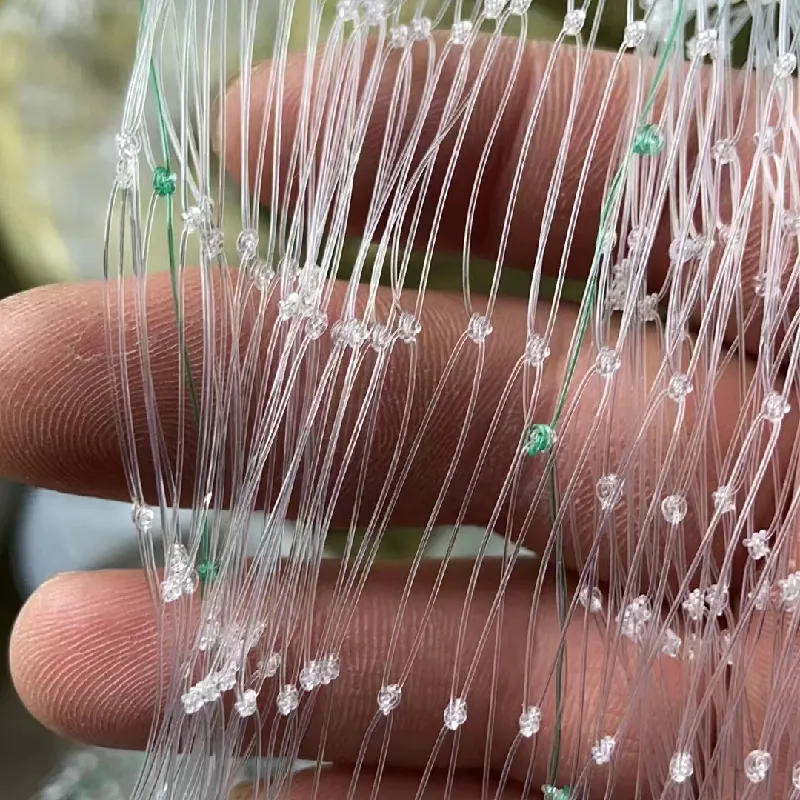-
 Afrikaans
Afrikaans -
 Albanian
Albanian -
 Amharic
Amharic -
 Arabic
Arabic -
 Armenian
Armenian -
 Azerbaijani
Azerbaijani -
 Basque
Basque -
 Belarusian
Belarusian -
 Bengali
Bengali -
 Bosnian
Bosnian -
 Bulgarian
Bulgarian -
 Catalan
Catalan -
 Cebuano
Cebuano -
 China
China -
 Corsican
Corsican -
 Croatian
Croatian -
 Czech
Czech -
 Danish
Danish -
 Dutch
Dutch -
 English
English -
 Esperanto
Esperanto -
 Estonian
Estonian -
 Finnish
Finnish -
 French
French -
 Frisian
Frisian -
 Galician
Galician -
 Georgian
Georgian -
 German
German -
 Greek
Greek -
 Gujarati
Gujarati -
 Haitian Creole
Haitian Creole -
 hausa
hausa -
 hawaiian
hawaiian -
 Hebrew
Hebrew -
 Hindi
Hindi -
 Miao
Miao -
 Hungarian
Hungarian -
 Icelandic
Icelandic -
 igbo
igbo -
 Indonesian
Indonesian -
 irish
irish -
 Italian
Italian -
 Japanese
Japanese -
 Javanese
Javanese -
 Kannada
Kannada -
 kazakh
kazakh -
 Khmer
Khmer -
 Rwandese
Rwandese -
 Korean
Korean -
 Kurdish
Kurdish -
 Kyrgyz
Kyrgyz -
 Lao
Lao -
 Latin
Latin -
 Latvian
Latvian -
 Lithuanian
Lithuanian -
 Luxembourgish
Luxembourgish -
 Macedonian
Macedonian -
 Malgashi
Malgashi -
 Malay
Malay -
 Malayalam
Malayalam -
 Maltese
Maltese -
 Maori
Maori -
 Marathi
Marathi -
 Mongolian
Mongolian -
 Myanmar
Myanmar -
 Nepali
Nepali -
 Norwegian
Norwegian -
 Norwegian
Norwegian -
 Occitan
Occitan -
 Pashto
Pashto -
 Persian
Persian -
 Polish
Polish -
 Portuguese
Portuguese -
 Punjabi
Punjabi -
 Romanian
Romanian -
 Russian
Russian -
 Samoan
Samoan -
 Scottish Gaelic
Scottish Gaelic -
 Serbian
Serbian -
 Sesotho
Sesotho -
 Shona
Shona -
 Sindhi
Sindhi -
 Sinhala
Sinhala -
 Slovak
Slovak -
 Slovenian
Slovenian -
 Somali
Somali -
 Spanish
Spanish -
 Sundanese
Sundanese -
 Swahili
Swahili -
 Swedish
Swedish -
 Tagalog
Tagalog -
 Tajik
Tajik -
 Tamil
Tamil -
 Tatar
Tatar -
 Telugu
Telugu -
 Thai
Thai -
 Turkish
Turkish -
 Turkmen
Turkmen -
 Ukrainian
Ukrainian -
 Urdu
Urdu -
 Uighur
Uighur -
 Uzbek
Uzbek -
 Vietnamese
Vietnamese -
 Welsh
Welsh -
 Bantu
Bantu -
 Yiddish
Yiddish -
 Yoruba
Yoruba -
 Zulu
Zulu
stainless suction strainer
The Importance of Stainless Steel Suction Strainers in Fluid Systems
In various industrial applications, the efficiency and longevity of fluid systems such as pumps, pipelines, and heating or cooling systems are paramount. One crucial component that plays an essential role in maintaining this efficiency is the stainless steel suction strainer. This article explores the significance, functionality, and benefits of using stainless steel suction strainers in fluid handling systems.
What is a Stainless Steel Suction Strainer?
A stainless steel suction strainer is a filter device designed to be installed at the inlet of pumps or other fluid processing equipment. Its primary function is to prevent particulate contaminants and larger debris from entering the system. This is particularly important because contaminants can cause wear or damage to various components, potentially leading to costly downtime and repairs.
How Do Stainless Steel Suction Strainers Work?
Suction strainers operate by creating a physical barrier that filters out unwanted particles from the fluid before it reaches critical components like pumps and valves. Depending on the design, these strainers may have different mesh sizes to capture specific particle sizes while allowing the desired fluid to flow freely. The use of stainless steel in their construction makes these strainers particularly advantageous due to the material's resistance to corrosion, high temperatures, and mechanical stress.
Benefits of Stainless Steel Suction Strainers
stainless suction strainer

1. Corrosion Resistance Stainless steel is renowned for its ability to resist oxidation and corrosion, making it ideal for use in various environments—especially those involving chemicals, saltwater, or high humidity. This durability ensures a longer lifespan for the strainer and less frequent replacements.
2. Ease of Maintenance Stainless steel suction strainers are often designed for easy access, allowing for quick cleaning and maintenance. Regular maintenance is essential to ensure optimal performance, and the ability to clean these strainers without extensive disassembly contributes to operational efficiency.
3. Cost-Effectiveness While the initial investment for stainless steel strainers may be higher than those made from other materials, their longevity and reduced maintenance needs lead to cost savings over time. By preventing equipment failure due to clogs or damage, they help sustain productivity and minimize downtime.
4. Versatility These strainers are available in various sizes and mesh configurations, making them suitable for a wide range of applications, from small pumps in residential systems to large industrial setups. Their adaptability allows them to be used in water treatment, petrochemical industries, food and beverage processing, and more.
5. Enhanced Flow Characteristics The design of stainless steel strainers allows for a low-pressure drop across the filter element. This means that while the strainer effectively removes contaminants, it does so without significantly impeding the flow of fluid, thereby enhancing the efficiency of the entire system.
Conclusion
In summary, stainless steel suction strainers are vital components in the maintenance of fluid systems across multiple industries. Their robust material properties, coupled with their ability to prevent contamination and enhance system performance, make them an essential investment for any operation relying on fluid management. By integrating high-quality suction strainers into fluid handling systems, businesses can ensure not only operational efficacy but also extend the lifespan of their equipment, ultimately leading to a more productive and cost-effective operation. Investing in the right straining solution is not just about protection; it is about enhancing the overall efficiency and reliability of fluid systems.
-
Shipping Plastic Bags for Every NeedNewsJul.24,2025
-
Safety Netting: Your Shield in ConstructionNewsJul.24,2025
-
Plastic Mesh Netting for Everyday UseNewsJul.24,2025
-
Nylon Netting for Every UseNewsJul.24,2025
-
Mesh Breeder Box for Fish TanksNewsJul.24,2025
-
Expanded Steel Mesh Offers Durable VersatilityNewsJul.24,2025











